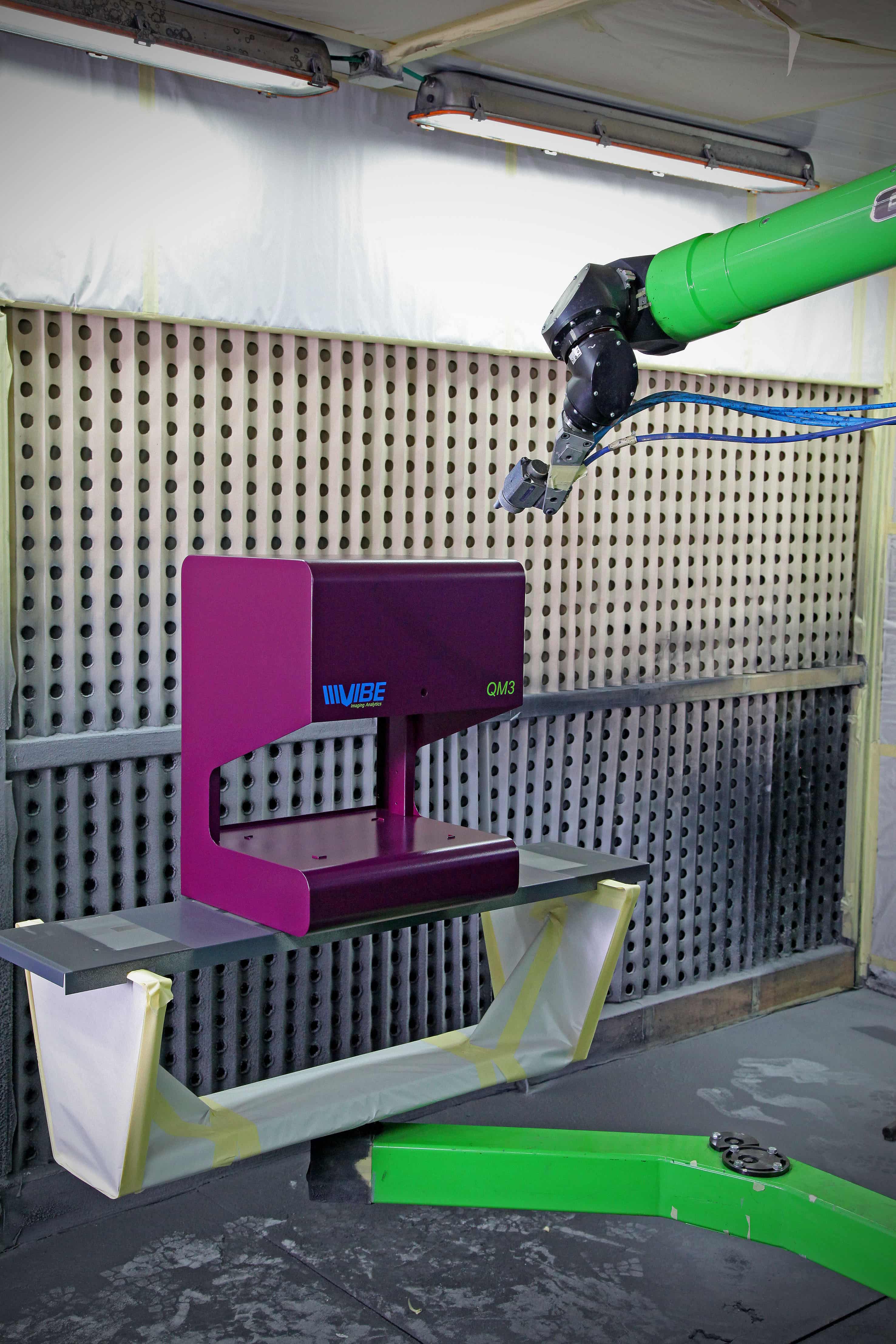Despite its name, an electronic enclosure does not refer to the packaging that wraps around the electronic device or the retail packaging that contains electronic devices or components seen in stores.
Electronic packaging refers to the method of enclosing, protecting, or the physical structure of electronic components, assemblies of components, or completed electronic devices. For example, a disk packaged in a metal casing protects and allows it to function or be played. The electronic packaging of cell phones and tablets is designed to withstand drops and rough handling by users.
For example, a disk packaged in a metal casing protects and allows it to function or be played. The electronic packaging of cell phones and tablets is designed to withstand drops and rough handling by users.
Electronic packaging often includes a series of different electronic packages. For example, a series of integrated circuits, each in its electronic package, is soldered onto a board along with other components such as diodes and resistors, each also housed in its electronic package. The circuit board can also be considered an electronic enclosure, as it provides a space and method for connecting the integrated circuits, diodes, and resistors and offers a stable structure that can be attached to a frame. The frame is also an electronic package, providing the necessary structure to assemble the circuits into a larger assembly. This larger assembly can then be placed into a metal case, an electronic enclosure recognized as a DVD player.
The skills required for working in electronic packaging vary greatly, depending on the electronics' scale and the enclosure's final use. For example, the processor in a computer contains a silicon chip, an electronic enclosure that houses all the transistors and other electronic circuits that make up the processor. A mobile phone includes a plastic electronic enclosure that protects it from dust and dirt and allows for the placement of all the necessary buttons and displays. Designing a microscopic processor chip requires vastly different skills than designing a sleek case for a mobile phone.
At the smaller end of the scale, primary electronic components such as resistors and processor chips are typically packaged in plastic or epoxy, although glass is sometimes used. If the component needs to withstand high temperatures, it may also be placed in an additional external electronic enclosure made of metal. An important part of primary packaging is its means to connect the components to other parts. This is sometimes achieved through a set of small metal leads attached to the device, as seen with processors. In other cases, the device's packaging includes a series of long metal leads designed for soldering onto a circuit board, as is the case with resistors.
When a system of primary components is assembled into a larger assembly, there are additional options for packaging these assemblies. The type of packaging is determined by the intended use of the assembly or the conditions in which it will operate. For example, a circuit board can be screwed onto a frame that holds it in place, or it can be wrapped in plastic or resin to make it waterproof. It can also be enclosed in sheets or a cast metal case to protect it from electrical noise. The enclosure can be sealed to create an airtight seal, preventing the assembly from being affected by atmospheric conditions.
Finally, there is the electronic packaging that makes up the outer casing of the assembly, such as the metal case on a DVD player. The design of this type of packaging is often driven by consumer appeal. Still, it can also be complex and protect the device from extreme heat, moisture, or other environmental conditions.